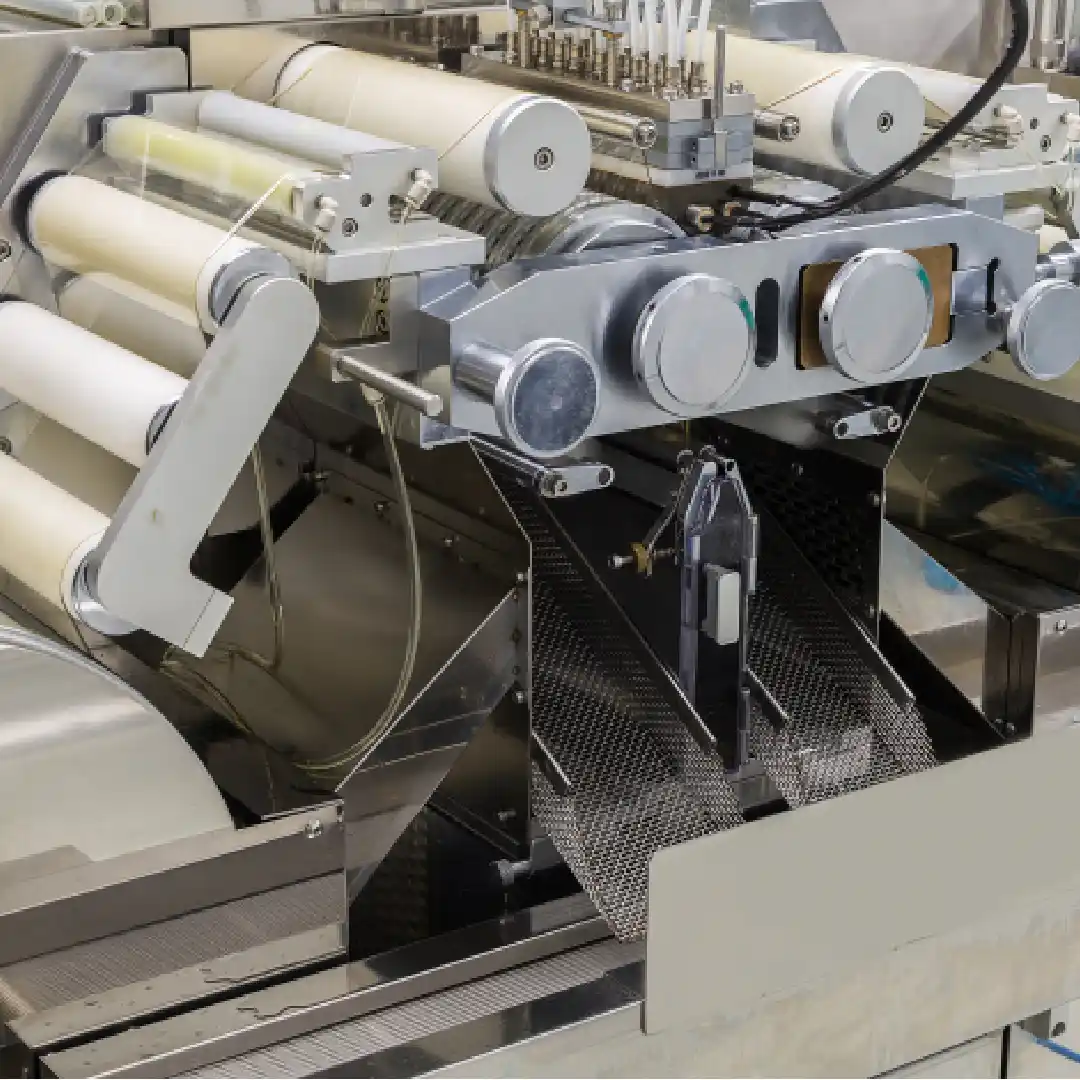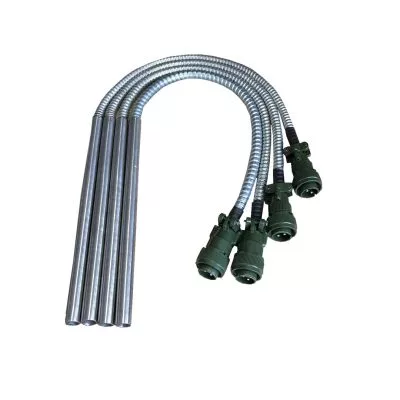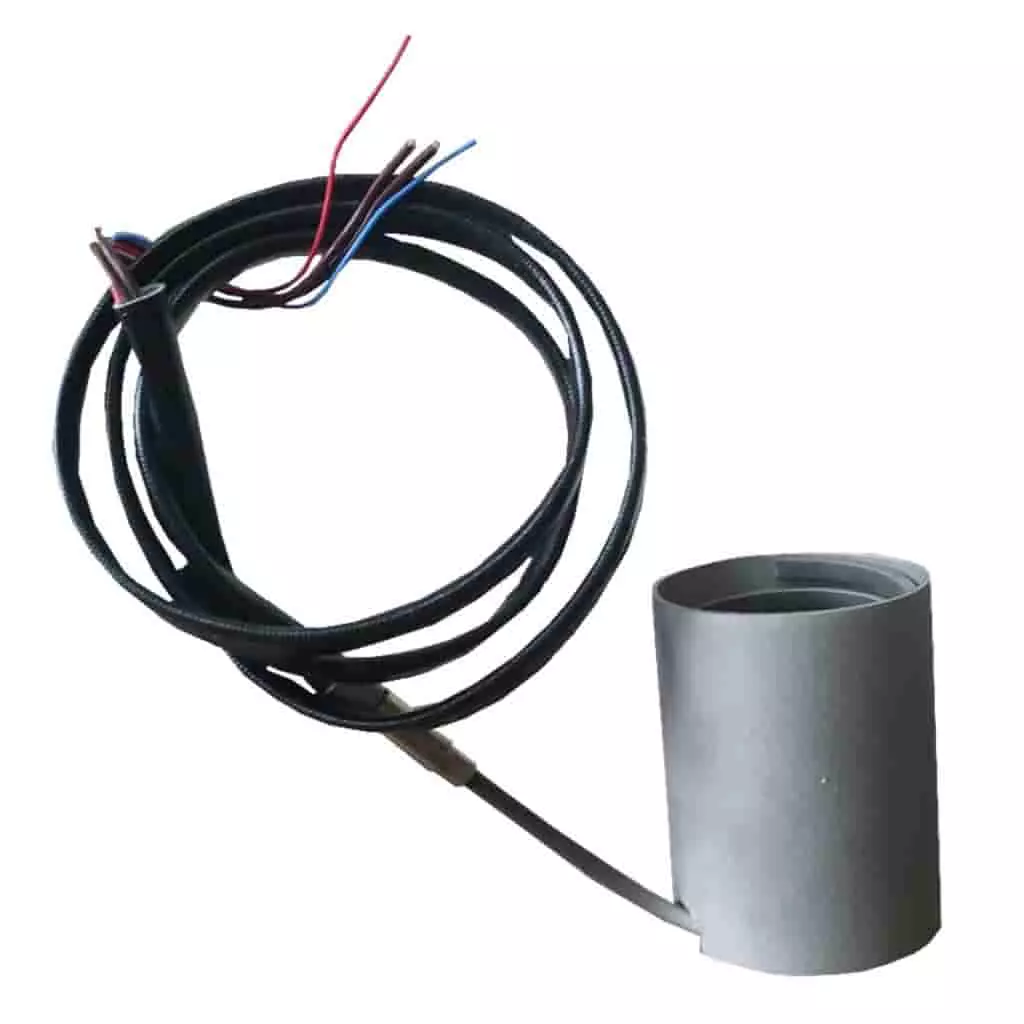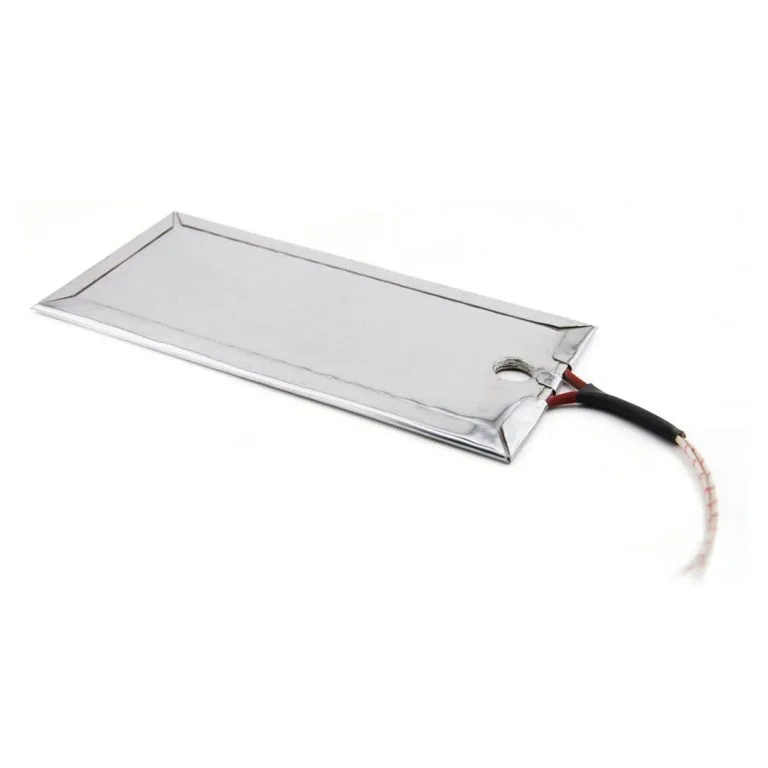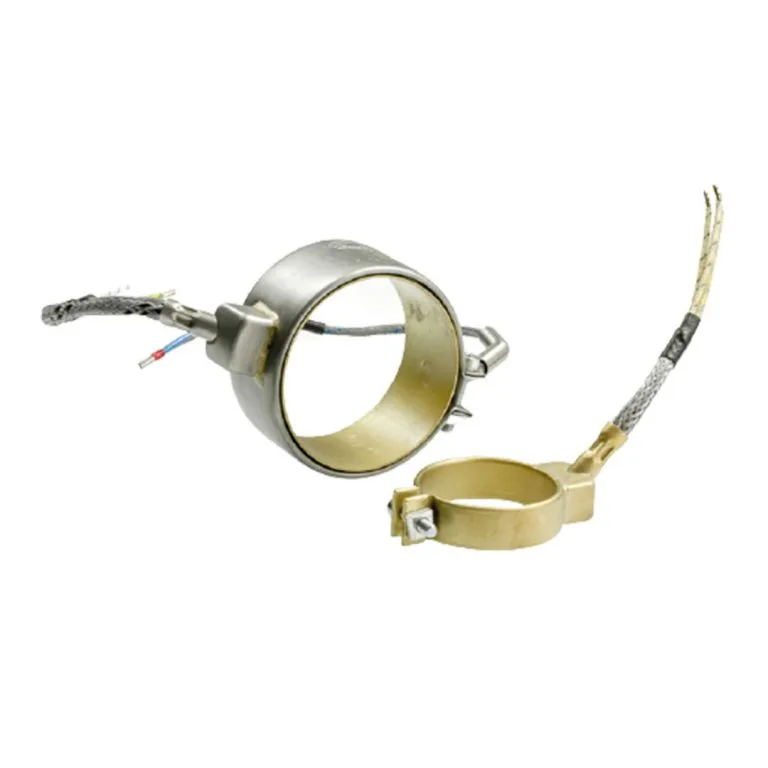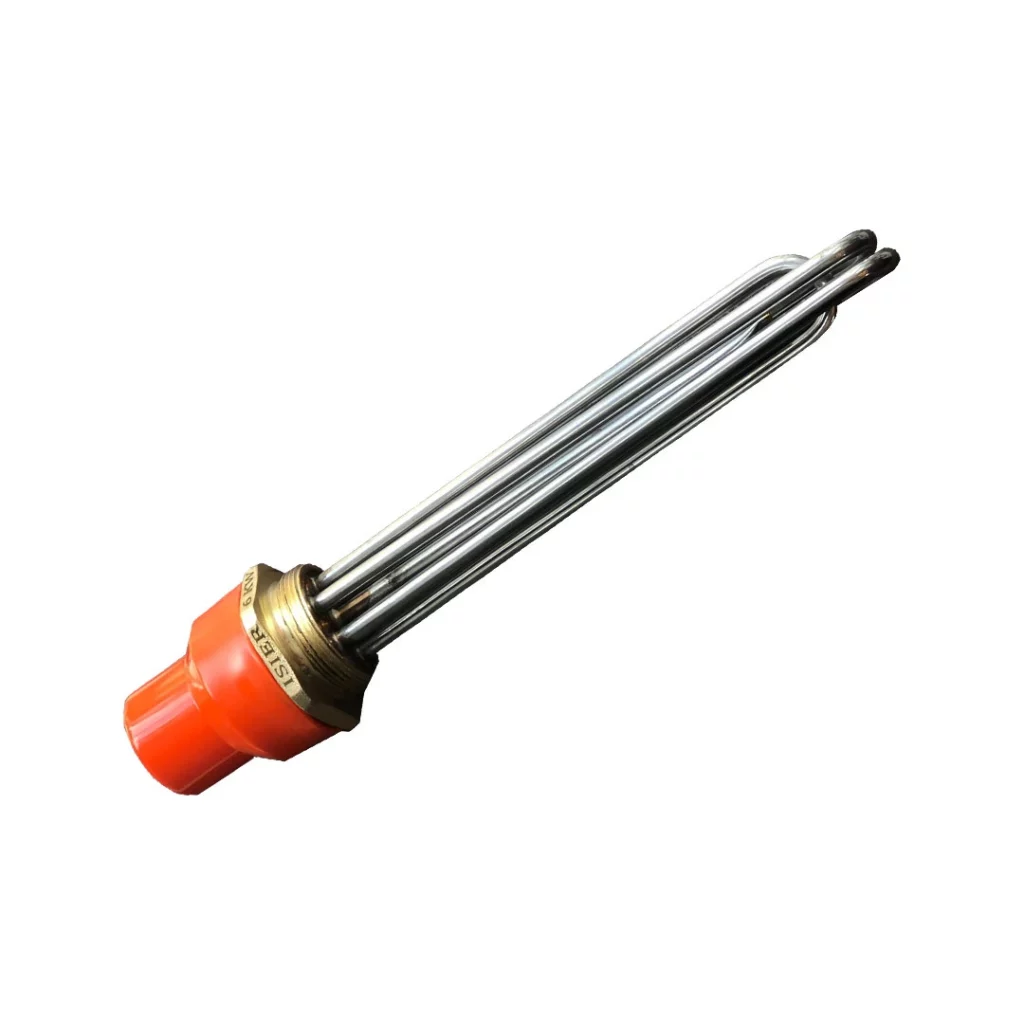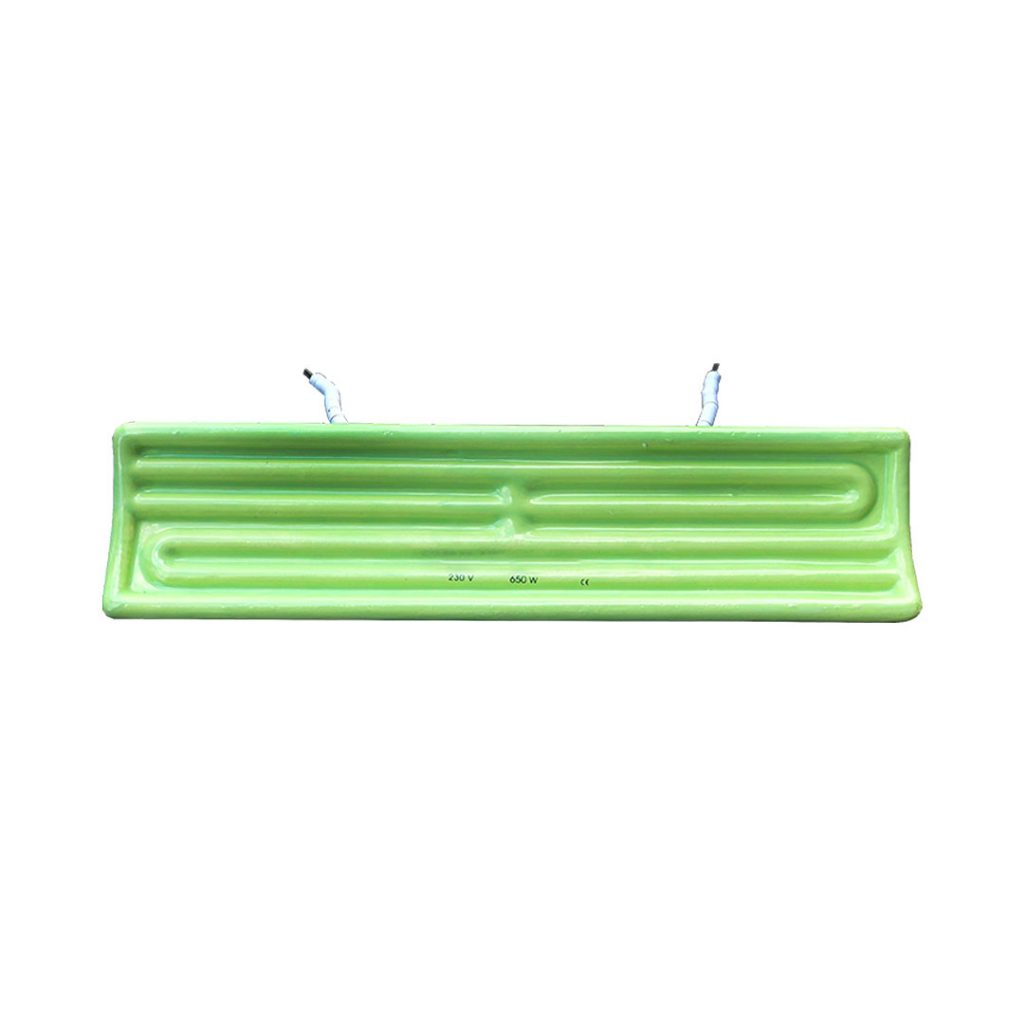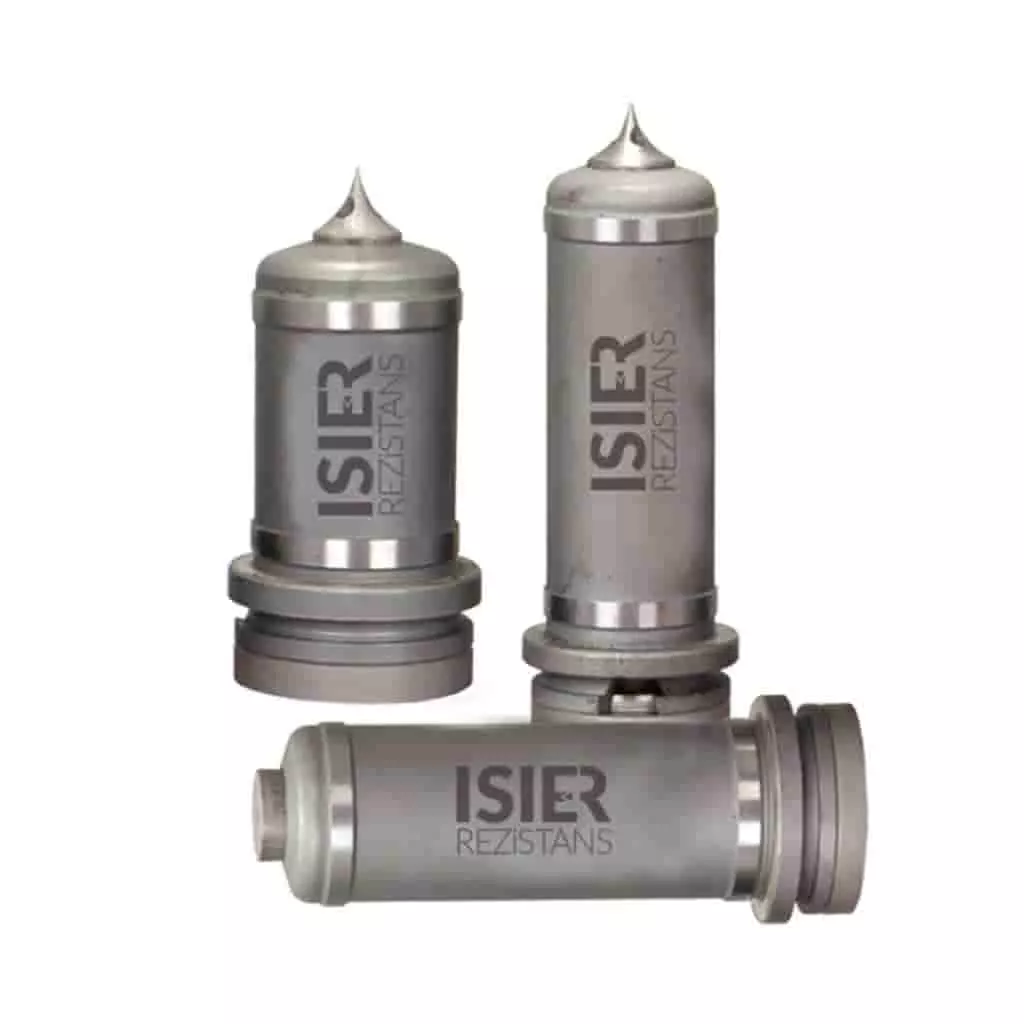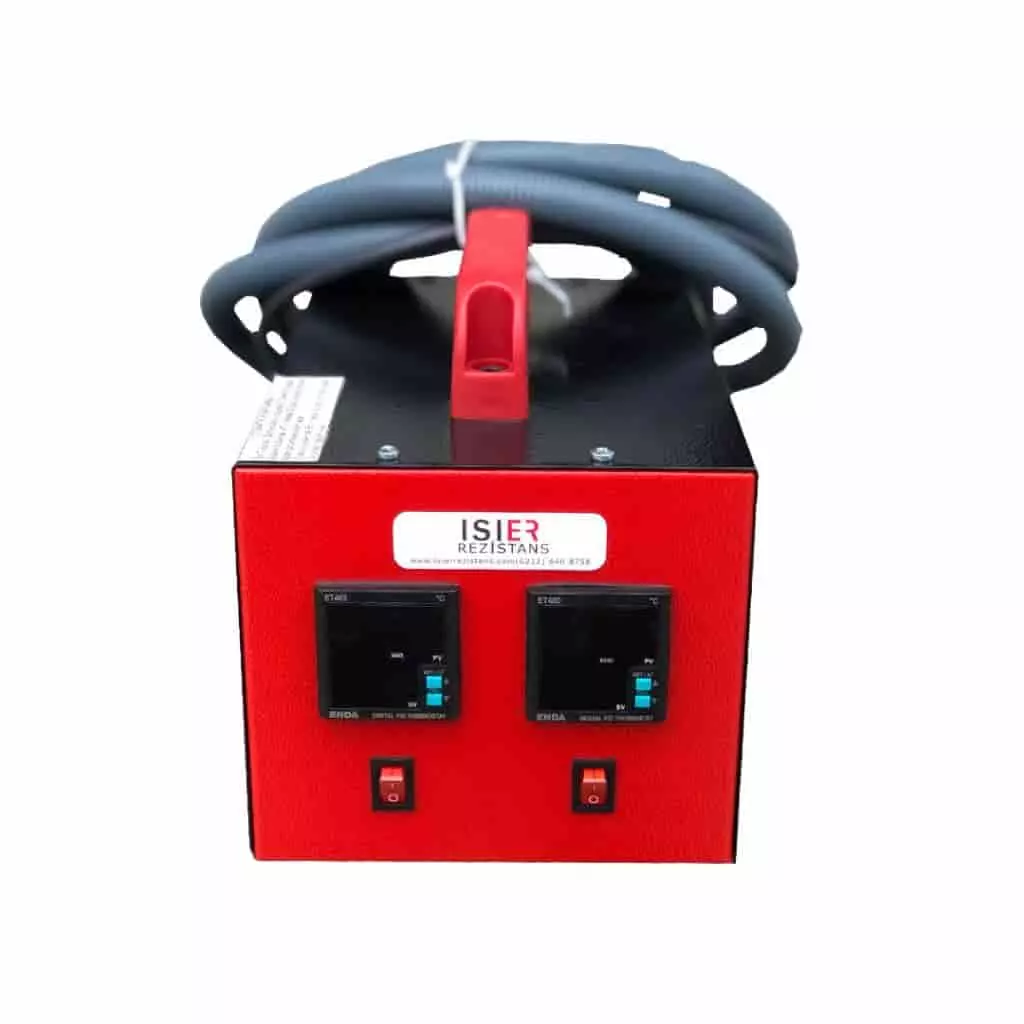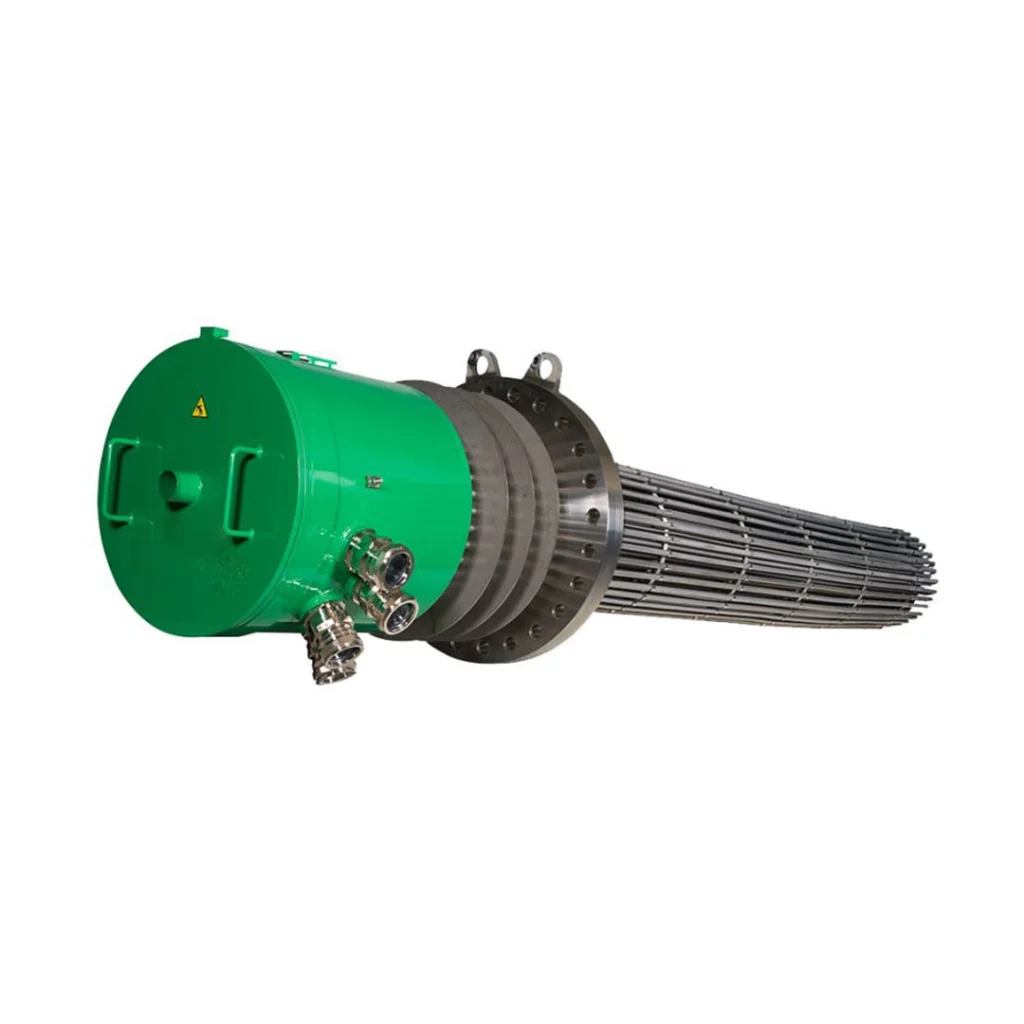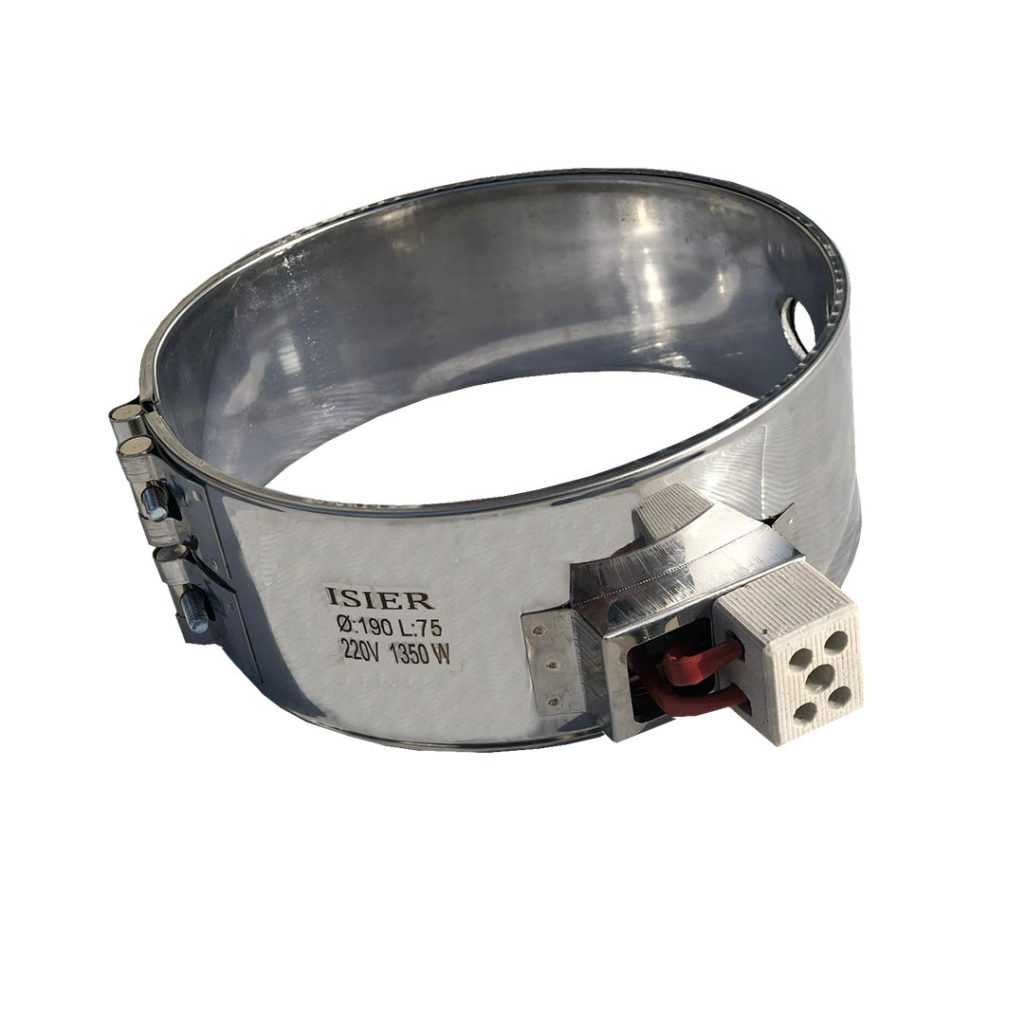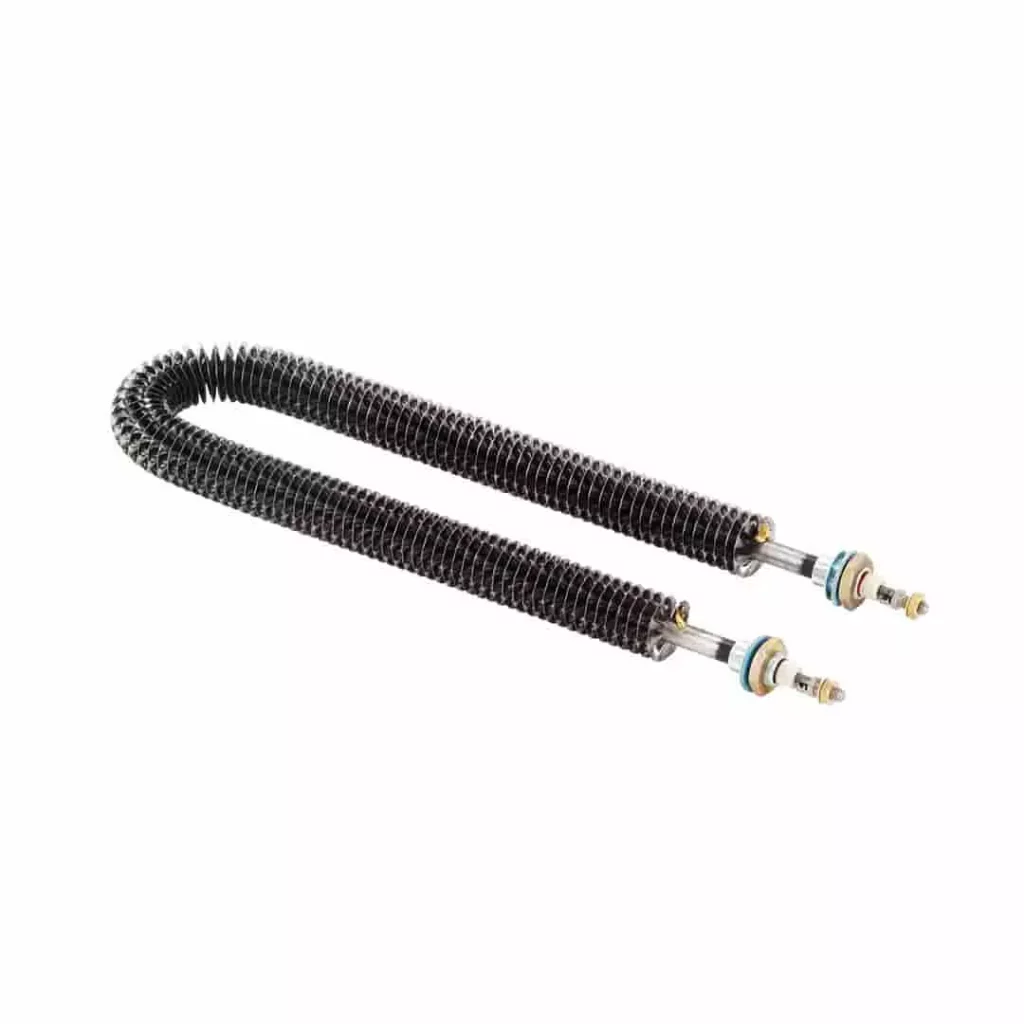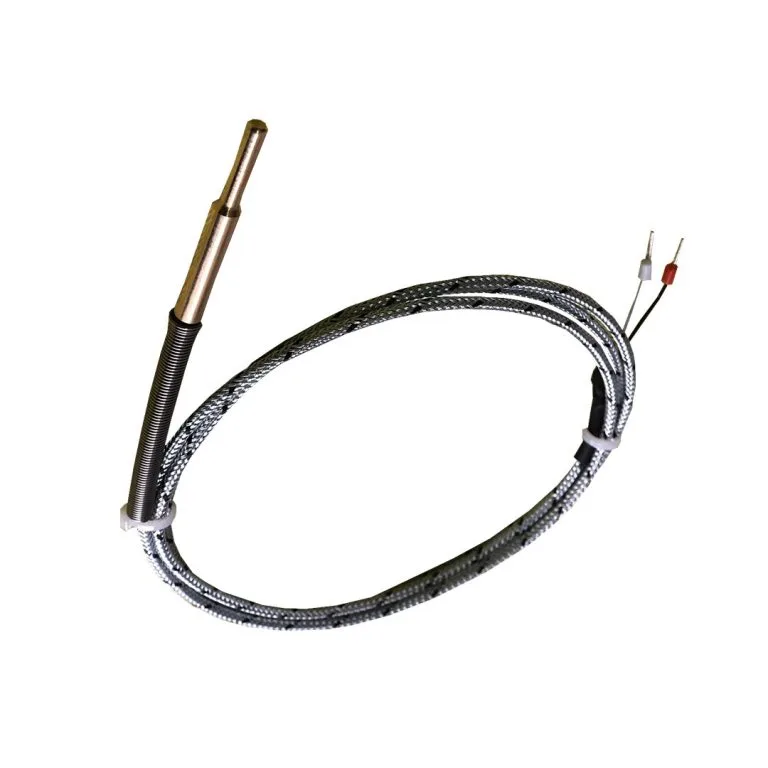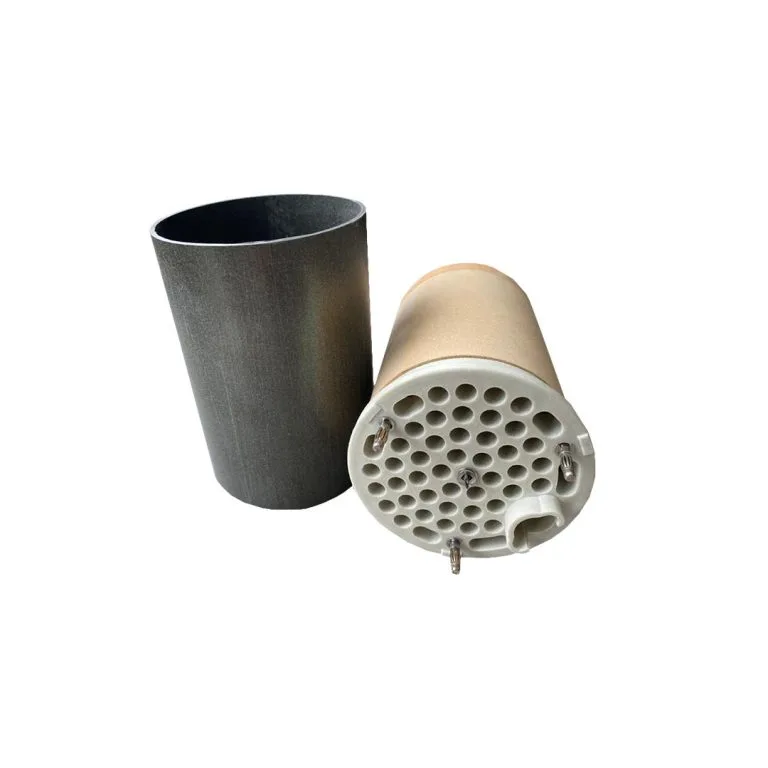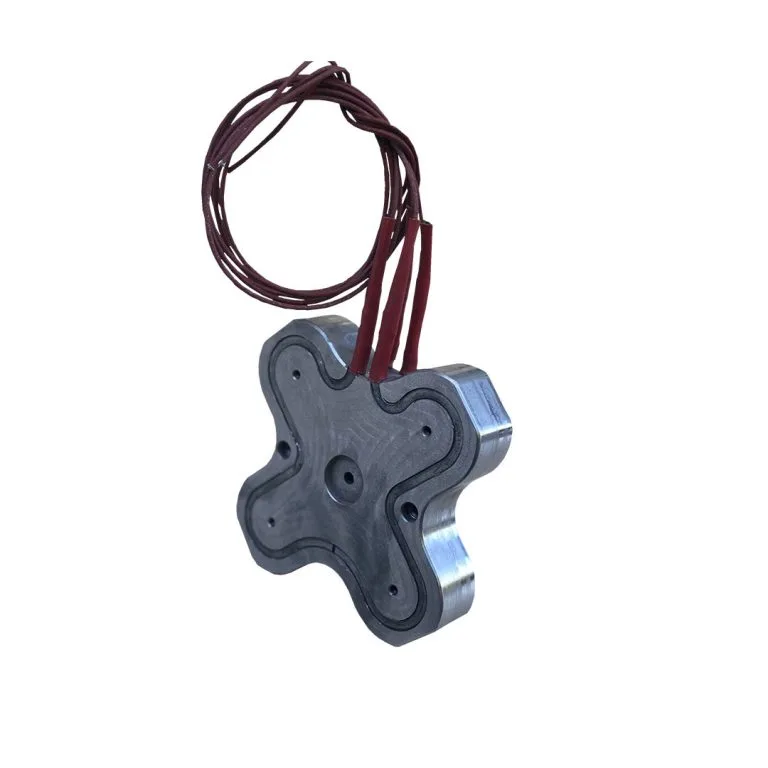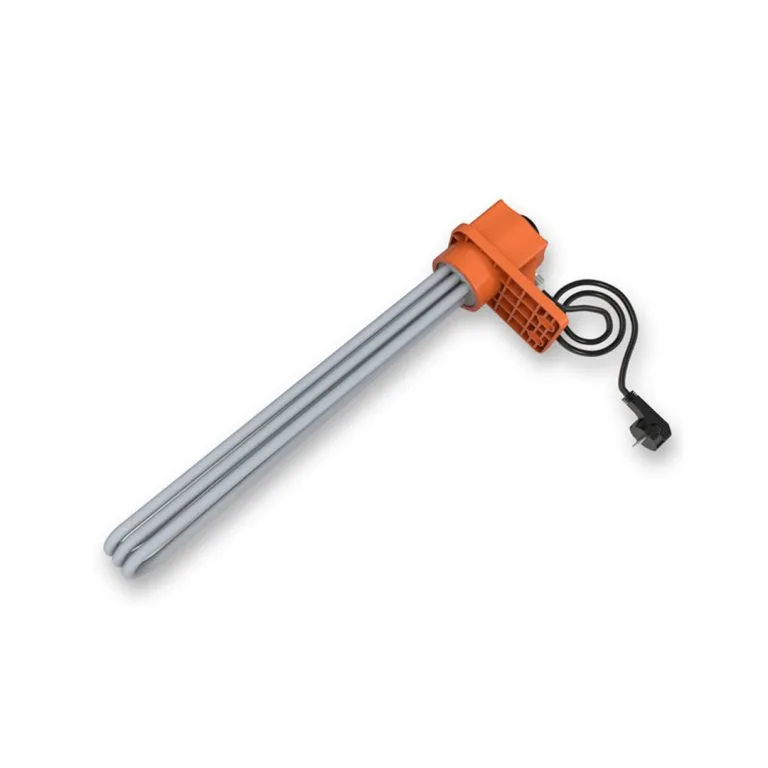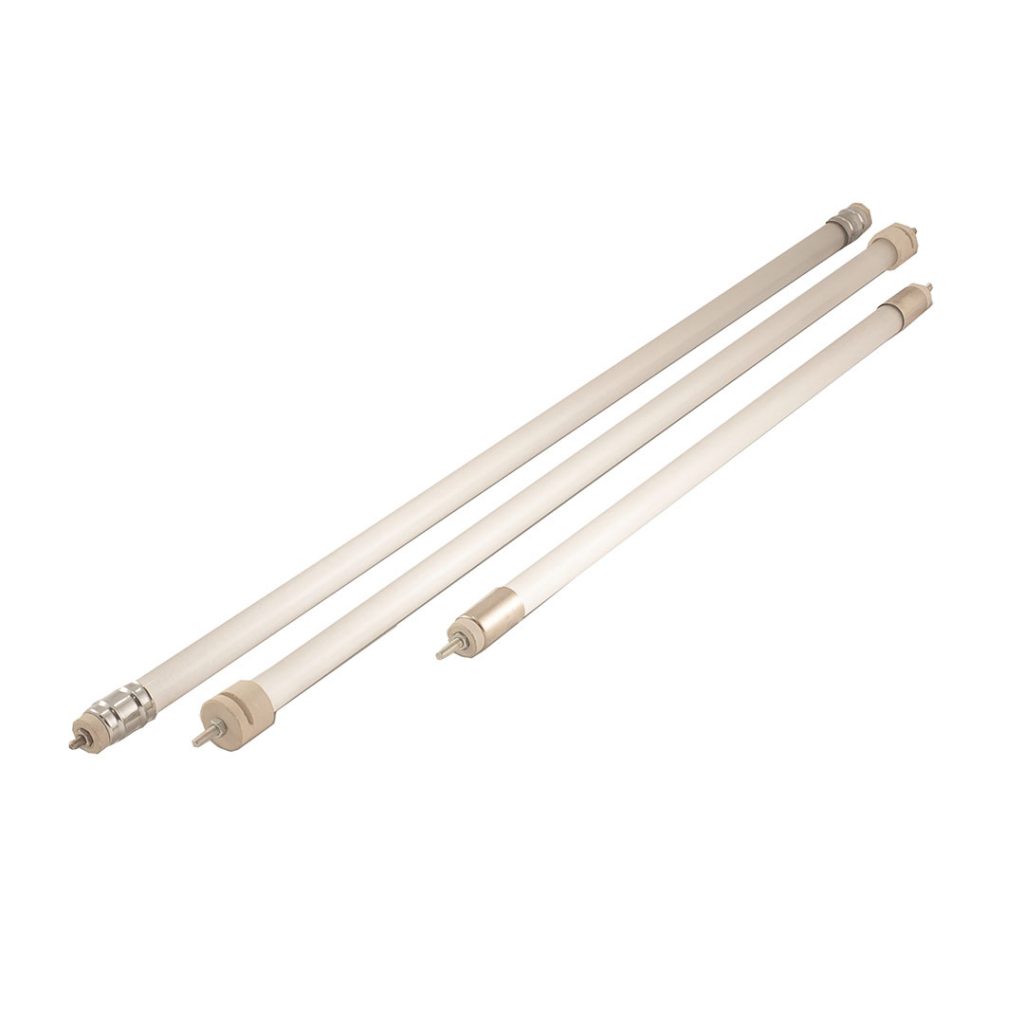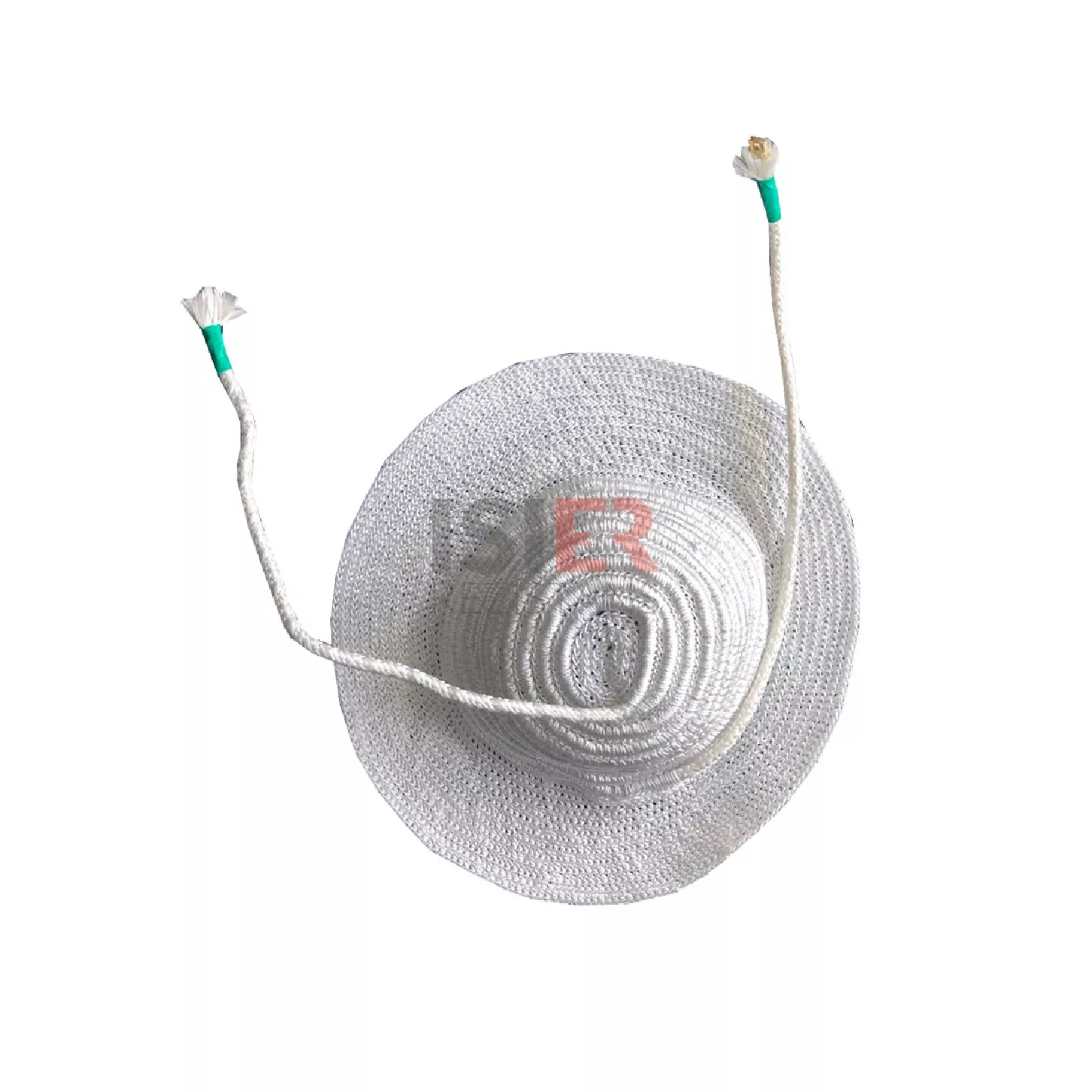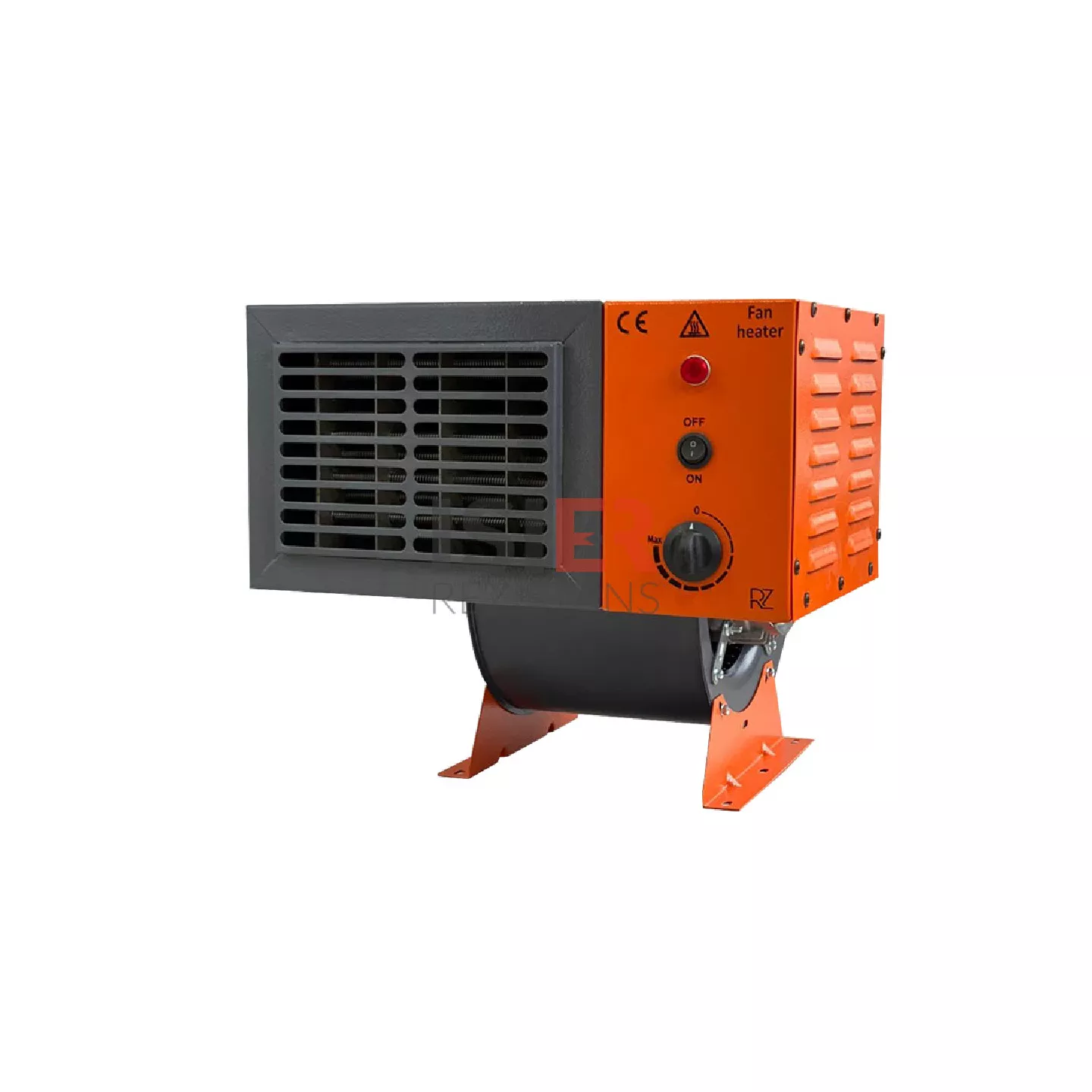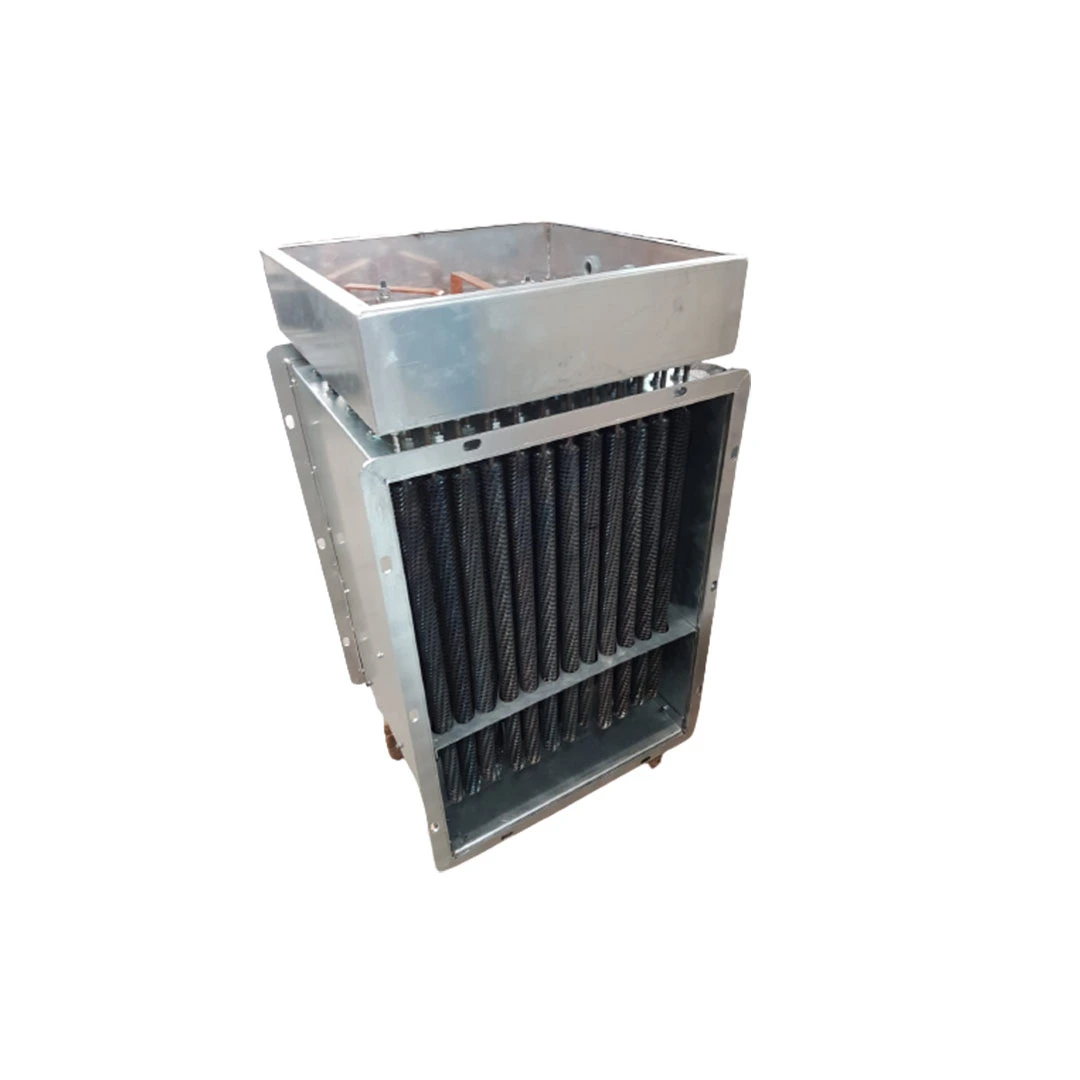Why are Heaters Used in Paper and Paperboard Manufacturing?
Drying Operations: In paper and cardboard production, controlling the especially moisture content of materials is critical. Heaters can be used in drying the paper pulp or in coating processes.
Pressing Operations: In paper production, pressing and shaping the pulp is important. Heaters can be used to heat the presses used in this stage.
Cardboard and Corrugated Board Production: Heaters can be used in shaping, drying, and bringing the material to the desired thickness in the processes of cardboard and corrugated board production.
Coating and Lamination: Coating or laminating paper or cardboard surfaces may be necessary. Heaters can be used for heating in these processes.
Cutting Operations: During the cutting process of paper and cardboard production, heaters can be used to heat the edges of the material, allowing for smoother and more precise cuts.
Roll Heating Systems: Heaters can be used to heat and control the roller systems used in paper and cardboard production.
Heaters play a critical role in providing temperature control and heating in these processes. This ensures that the material is produced according to the desired quality standards. Additionally, factors such as moisture control and determining material form may also necessitate the use of heaters.
Our Products
Your Solution Partner for All Your Resistance Needs
Technical Specifications of Reinforcers Used in Paper and Paperboard Manufacturing Sector
Nominal Power (Watt): The nominal power of heaters refers to their ability to operate at a specific electric current at a certain temperature. For example, a heater with a nominal power of 5000 Watts.
Nominal Voltage (Volt): The operating voltage of heaters should be suitable for a specific application. For instance, a heater capable of operating at 220 Volts nominal voltage.
Resistance Value (Ohm): The resistance value of a heater indicates its resistance at a specific temperature under a certain current. For example, a heater with a resistance value of 10 Ohms.
Material: Heaters used in paper and cardboard manufacturing are typically made of materials resistant to high temperatures, such as nickel-chromium alloys or iron-chromium-aluminum alloys.
Temperature Range: The temperature range in which the heater can operate is important for a specific application. For example, a heater capable of operating between -20°C and 400°C.
Dimensions and Design: Heaters can come in specific dimensions and designs to fit particular equipment or applications. For instance, a heater with dimensions of 50 cm in length and 5 cm in width.
Corrosion Resistance: It’s important for heaters to be resistant to corrosion, especially if they will be used in damp or wet environments.
Cable Connections: Having suitable cable connections is important for integrating the heater into the equipment.
These technical specifications are fundamental factors determining the performance of heaters used in paper and cardboard manufacturing. However, it’s important to remember that the required specifications may vary for different applications.
Technical Details to Consider in Paper and Paperboard Manufacturing Selection
Capacity and Efficiency: The daily or hourly capacity of the production line should be in line with the required efficiency level of the equipment.
Material Variety: It is important for the equipment to be compatible with materials of different thicknesses and properties.
Processing Speed and Adjustability: The adjustability of processing speed enables the equipment to respond to various production requirements.
Energy Efficiency: The energy consumption and efficiency of the equipment affect operational costs.
Installation and Maintenance Ease: Easy installation and maintenance of the equipment ensure uninterrupted processes.
Spare Parts and Service Support: It is important for the provider to offer spare parts and effective service support.
Technological Compatibility and Integration: The equipment should be compatible with contemporary technology and easily integrable into business processes.
Safety Standards and Compliance: Compliance with safety standards is crucial for occupational health and safety.
Environmental Sensitivity: Designing the equipment to minimize environmental impacts is important for sustainability.
Training and User-Friendly Interface: Facilitating operator training and offering a user-friendly interface are important features of the equipment.
These details are fundamental technical factors to consider in equipment selection for paper and cardboard manufacturing. Choosing the right equipment contributes to efficient, safe, and cost-effective production processes.
Cartridige Resistance Used in Paper and Cardboard Manufacturing Industry
Drying Processes: They can be used for the quick and effective drying of materials. Heater cartridges assist in controlling moisture in paper and cardboard production.
Heated Roller Systems: In heated roller systems used in production lines, heater cartridges provide heat as materials pass over them, facilitating shaping processes.
Pressing and Shaping: Heater cartridges can be used for heating in the pressing and shaping processes of paper and cardboard production.
Lamination Processes: Heater cartridges can be used for heating during the lamination processes of paper and cardboard materials when bringing materials together and bonding them.
Gluing and Folding: Heater cartridges can be used for gluing or folding materials.
Specialized Production Lines: In specially designed production lines, heater cartridges can be integrated according to specific application requirements.
Heater cartridges typically possess features that allow them to reach high temperatures and heat up rapidly. With these features, they offer a suitable solution for various heating needs in paper and cardboard production. They are widely used in industrial applications, providing precise temperature control and energy efficiency.



